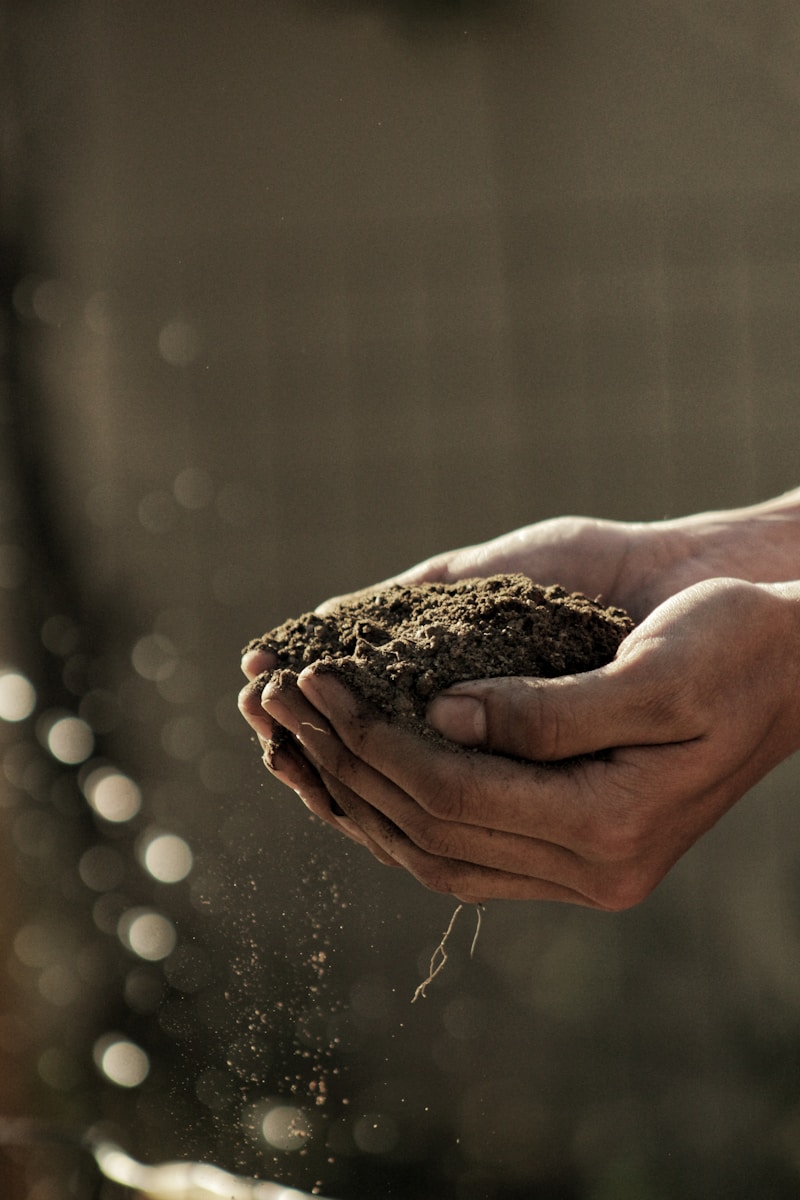Spring is here, and it’s time to get your garden ready for a successful growing season! One of the most important steps in early spring gardening is preparing your soil. Healthy soil leads to strong plants, better yields, and fewer problems throughout the season.
In this guide, we’ll go over everything you need to know to prepare your soil for planting. Whether you’re growing vegetables, flowers, or herbs, these steps will set you up for success.
Why Soil Preparation Matters
Your plants depend on the soil for water, nutrients, and support. If the soil is poor, plants struggle to grow. Preparing your soil properly in early spring will:
- Improve drainage and aeration
- Provide essential nutrients
- Encourage beneficial microbes and earthworms
- Reduce weeds and pests
- Boost plant health and productivity
Now, let’s get started with the steps to prepare your garden soil for a thriving season.
1. Assess Your Soil Condition
Before making any changes, take a good look at your soil. Ask yourself:
- Does it drain well, or does water pool on the surface?
- Is it hard and compacted?
- Is it sandy and dry?
- Are there a lot of weeds?
- Does it look rich and dark, or pale and lifeless?
You can also do a simple squeeze test. Grab a handful of soil and squeeze it. If it crumbles easily, it’s well-balanced. If it stays in a tight ball, it may have too much clay. If it falls apart immediately, it may be too sandy.
Soil Testing
For the best results, test your soil’s pH and nutrient levels. You can buy a soil test kit online or at a garden center. Another option is sending a sample to a local extension office. Knowing your soil’s pH (acidic, neutral, or alkaline) helps determine what amendments you need.
2. Clear Out Debris and Weeds
Winter leaves behind fallen branches, dead plant material, and weeds. Start by clearing your garden beds of:
- Old plant stalks and roots
- Weeds (remove them from the roots!)
- Rocks and large sticks
- Any dead leaves (unless using them for compost)
Weeds compete with plants for nutrients, so removing them early saves you trouble later.
3. Loosen the Soil
Over the winter, soil can become compacted, making it difficult for roots to grow. Loosen the soil to improve airflow, water movement, and root penetration.
How to Loosen the Soil:
- Use a garden fork or broadfork to gently lift and aerate the soil.
- Avoid deep tilling, as it can harm beneficial microbes and earthworms.
- If soil is very compacted, consider double digging, where you loosen the soil in layers.
4. Add Organic Matter
Healthy soil is full of organic matter, which improves its structure, holds moisture, and provides nutrients.
Best Organic Matter to Add:
- Compost: Adds nutrients and improves soil texture.
- Aged Manure: Use well-composted manure for nitrogen and organic matter.
- Leaf Mold: Decomposed leaves boost water retention and microbial life.
- Coconut Coir or Peat Moss: Helps sandy soil retain moisture.
- Worm Castings: A natural fertilizer rich in nutrients and microbes.
Mix these amendments into the top few inches of soil.
5. Balance the pH
Different plants prefer different soil pH levels. A soil test will tell you if your pH needs adjusting.
How to Adjust Soil pH:
- Too Acidic (Below 6.0 pH)? Add lime (dolomitic or garden lime) to raise pH.
- Too Alkaline (Above 7.5 pH)? Add sulfur, peat moss, or organic matter to lower pH.
Most vegetables grow best in a pH range of 6.0 to 7.0.
6. Boost Nutrients with Natural Fertilizers
Even good soil needs extra nutrients for plant growth. Consider these natural fertilizers:
- Bone Meal (phosphorus) – Helps root development.
- Blood Meal (nitrogen) – Encourages leafy growth.
- Kelp Meal (micronutrients) – Boosts plant immunity and growth.
- Wood Ash (potassium) – Good for root crops like carrots and potatoes.
- Fish Emulsion (balanced nutrients) – Quick nutrient boost.
Mix these into the soil based on your plant’s needs.
7. Improve Drainage (If Needed)
If your soil holds too much water, roots can rot. Improve drainage by:
- Adding sand or perlite to heavy clay soil.
- Creating raised beds to prevent standing water.
- Using organic matter to improve soil structure.
8. Use Cover Crops or Green Manure
If you planned ahead, you might have planted a cover crop (like clover, rye, or vetch) in the fall. If so, now is the time to cut it down and mix it into the soil for added nutrients.
9. Protect the Soil with Mulch
Mulching early in the season helps retain moisture, regulate temperature, and reduce weeds.
Good mulch options:
- Straw or Hay: Ideal for vegetable gardens.
- Wood Chips or Bark: Great for perennial beds.
- Grass Clippings: Provide nitrogen but should be applied in thin layers.
- Composted Leaves: Free and nutrient-rich!
Apply mulch after planting or when seedlings emerge.
10. Plan Your Planting Strategy
Once your soil is ready, think about what you want to plant.
Cool-Season Crops for Early Spring:
- Leafy Greens: Lettuce, spinach, kale, and Swiss chard.
- Root Vegetables: Carrots, radishes, beets, and turnips.
- Cruciferous Vegetables: Broccoli, cabbage, and cauliflower.
- Herbs: Parsley, cilantro, and chives.
Crop Rotation
Rotate crops each year to prevent soil depletion and reduce pests. Avoid planting the same vegetable family in the same spot two years in a row.
Preparing your soil in early spring sets the stage for a bountiful harvest. By assessing your soil, adding organic matter, improving drainage, and balancing nutrients, you create the perfect foundation for healthy plants.
Take your time with these steps, and your garden will reward you with strong, vibrant growth all season long. Happy gardening!
